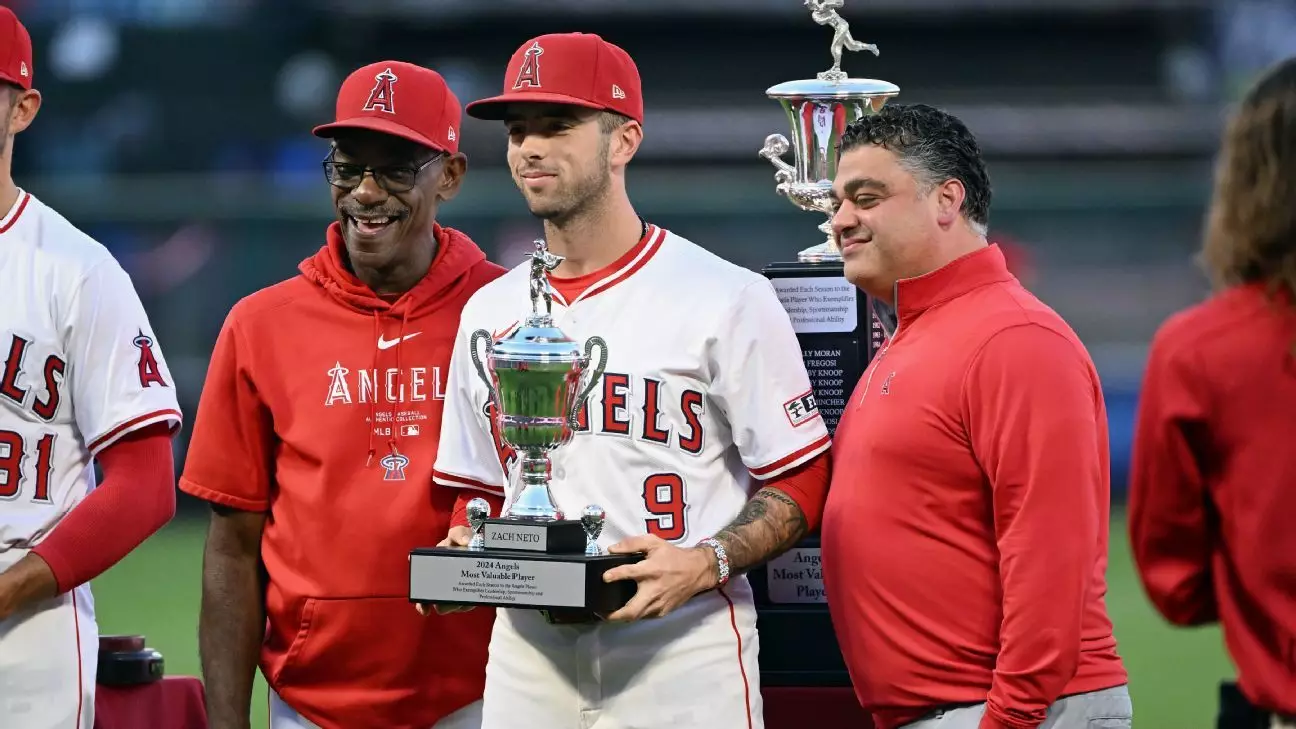The Offseason Shuffle: Analyzing Key Fantasy Baseball Developments
As the vibrant autumn leaves give way to winter’s chill, we find ourselves drawn into the fascinating world of baseball’s offseason. While other sports like the NFL, NBA, and NHL often dominate the headlines during this time of year, baseball quietly weaves its own narrative through trades, injuries, and player movements that are crucial for fantasy baseball enthusiasts to track. The pressing question remains: what do these developments mean for your upcoming fantasy baseball draft? Let’s take a closer look at recent events and their potential impact on your fantasy management strategies.
For many of us, keeping up with offseason changes is like savoring a well-cooked meal—the flavors develop over time, and each ingredient plays a vital role in the final dish. I remember the first time I participated in a fantasy baseball league; it was both exhilarating and nerve-wracking. Watching player performances and making decisions based on evolving circumstances became an addictive pastime. Now, as I reflect on those experiences, I realize how similar it is to crafting the perfect recipe—meticulous attention to detail makes all the difference.
As you prepare for your fantasy draft, it’s essential to stay informed about key developments that could influence your choices. This year, one storyline that’s captured my attention is the situation surrounding shortstop Zach Neto. After an impressive breakout season with 23 home runs and 30 stolen bases in 155 games, Neto’s career seemed poised for further growth. However, a shoulder injury late in the season led to surgery in November, casting doubt on his availability for the start of the new season.
Key Takeaways
- Zach Neto’s injury could impact shortstop options in fantasy drafts.
- The Tampa Bay Rays’ venue change may alter player performances.
- Miller’s role shift from closer to starter could affect his fantasy value.
Zach Neto’s Injury: A Fantasy Conundrum
Neto’s situation has significant implications not only for the Los Angeles Angels but also for fantasy managers who had hoped to rely on his power and speed contributions. The Angels have been proactive in addressing their potential lineup gap by trading for Scott Kingery and signing free agent Kevin Newman. Kingery brings impressive minor league stats with 27 home runs and 26 stolen bases, while Newman’s reliable glove offers defensive stability.
For fantasy managers, Neto’s uncertain timeline means reevaluating shortstop depth in your draft strategy. If he misses substantial time, consider alternative players who can fill similar power and speed categories that Neto would typically provide. Keeping an eye on how quickly he recovers and whether he returns to form will be crucial as you build your roster.

Tampa Bay Rays’ Venue Change: A New Environment
Another intriguing development this offseason involves the Tampa Bay Rays’ decision to relocate from Tropicana Field to Steinbrenner Field. Historically known as a pitcher-friendly venue, Tropicana Field often limited offensive production with its controlled indoor environment. In contrast, Steinbrenner Field introduces natural elements like heat and rain that could significantly impact player performances.
Statistical insights from Single-A Tampa Tarpons’ games suggest an uptick in offensive potency when playing at Steinbrenner Field. With differences in environmental factors affecting ball flight and player fatigue due to weather complexities, players might experience varied performances compared to previous seasons. Emerging talents such as Junior Caminero, Yandy Diaz, and Brandon Lowe may see their stock rise due to these changes.

Miller’s Role Evolution: Closer or Starter
Lastly, let’s discuss pitcher Miller’s impressive journey as one of Oakland Athletics’ premier prospects turned All-Star closer. Initially transitioned into a bullpen role for injury protection, Miller excelled by saving 28 games with a remarkable 2.49 ERA and over 100 strikeouts. This success had managers questioning whether he should remain in the bullpen or shift back to starting—a decision that could dramatically influence his fantasy value.
While his effectiveness as a closer is undeniable, some analysts speculate that returning him to a starting role might yield greater statistics in terms of innings pitched and overall contributions. Wherever Miller ultimately settles—whether continuing as closer or stepping into starting duties—his future will be closely monitored by fantasy managers seeking league-winning potential from their pitchers.

Final Thoughts
The dynamic landscape of fantasy baseball continues to evolve through injuries, venue changes, and player role shifts throughout this offseason. Understanding these elements as they unfold will help prepare you for successful draft decisions once spring training begins anew. As November progresses with breaking headlines shaping team rosters across leagues nationwide—staying informed becomes paramount when making strategic adjustments ahead of next season’s first pitch.
Remember that every development counts when constructing winning lineups come opening day; pay attention now so future performances align perfectly within your carefully crafted plans! By keeping tabs on critical updates like those mentioned above—you’ll be ready not only survive but thrive amid fierce competition among fellow enthusiasts eager achieve glory atop standings board come season’s end!
fantasy baseball offseason developments baseball strategy


Leave a Reply